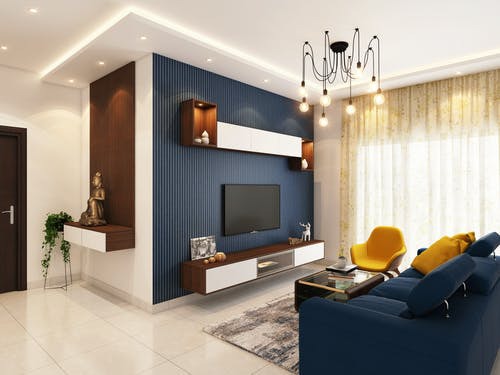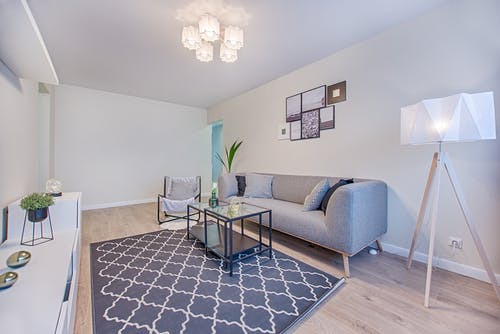
Selecting the right outdoor lighting fixtures for your home or business involves more than just picking out attractive designs; it requires understanding functionality and aesthetics. The decision-making process encompasses a variety of factors, including illumination needs, energy efficiency, durability, and the overall design scheme. Proper outdoor lighting can enhance curb appeal, improve safety, and extend the usability of outdoor spaces into the evening hours.
Choosing the right outdoor lighting fixtures involves considering several factors to ensure that the lights meet your functionality, aesthetics, durability, and energy efficiency needs. Here are the key steps and considerations to help you make the best choice:
1. Determine the Purpose
-
Security: For security purposes, choose fixtures like floodlights, spotlights, and motion-activated lights. These lights should provide bright, focused illumination to deter intruders and illuminate dark areas around your property.
-
Pathway Lighting: Path lights, bollard lights, and in-ground lights are ideal for illuminating walkways, driveways, and steps, ensuring safe navigation.
-
Accent Lighting: Accent or landscape lighting, including uplights, downlights, and spotlights, highlights architectural features, trees, plants, and other focal points in your garden.
-
Ambient Lighting: To create a pleasant atmosphere and general outdoor illumination, consider using wall-mounted fixtures, string lights, or hanging lanterns.
2. Choose the Right Fixture Style
-
Match Your Home’s Architecture: Professional lighting installers select fixtures that complement your home’s architectural style. For example, traditional lanterns work well with classic or colonial styles, while sleek, modern designs suit contemporary homes.
-
Consistent Theme: To create a cohesive look, maintain a consistent lighting theme throughout your outdoor space. This includes matching finishes, colors, and design elements.
3. Consider Material and Durability
-
Weather-Resistant Materials: Outdoor fixtures should be made from durable, weather-resistant materials like stainless steel, aluminum, brass, or high-quality plastics. These materials can withstand exposure to rain, wind, and UV rays.
-
Corrosion Resistance: In coastal areas, choose fixtures with corrosion-resistant finishes to protect against salty air and humidity and enhance your garden’s curb appeal.
4. Check the IP Rating
-
Ingress Protection (IP) Rating: The IP rating indicates how well a fixture is protected against dust and water. For outdoor lighting, an IP rating of at least IP44 is recommended for general use, while IP65 or higher is ideal for more exposed areas.
5. Select the Right Bulb Type
-
LED Bulbs: LED bulbs are highly energy-efficient, have a long lifespan, and produce little heat. They are available in various color temperatures and brightness levels, making them suitable for all types of outdoor lighting.
-
Solar-Powered Lights: Solar lights are eco-friendly and easy to install since they don’t require wiring. However, their performance depends on the availability of sunlight, so they may not be suitable for all locations.
6. Brightness and Color Temperature
-
Brightness: The brightness of outdoor lighting is measured in lumens. Security lights typically require higher lumens (e.g., 700-1300), while accent and pathway lights can be lower (e.g., 100-300 lumens).
-
Color Temperature: Choose the color temperature based on the desired ambiance. Warm white (2700K-3000K) creates a cozy, inviting atmosphere, while cool white (4000K-5000K) provides brighter, more vibrant light suitable for security and task lighting.
7. Energy Efficiency and Control
-
Energy-Saving Features: Look for fixtures with built-in energy-saving features like motion sensors, timers, and dimmers. These features help reduce energy consumption and extend the lifespan of the bulbs.
-
Smart Lighting Options: Consider intelligent lighting fixtures that can be controlled via a smartphone app or integrated with smart home systems like Amazon Alexa, Google Assistant, or Apple HomeKit for added convenience and automation.
8. Ease of Installation and Maintenance
-
Installation Requirements: Some fixtures are designed for easy DIY installation, while others may require professional installation, especially if electrical wiring is involved. When choosing fixtures, consider your skill level and the complexity of the installation.
-
Maintenance Needs: Choose fixtures that are easy to maintain and clean. Fixtures with removable covers or accessible bulbs can simplify maintenance tasks. Opting for aesthetic landscape lights for homes enhances the visual appeal and ensures that your lighting solutions are practical and hassle-free to manage.
9. Budget Considerations
-
Cost vs. Quality: While staying within your budget is essential, don’t compromise on quality. Investing in high-quality, durable fixtures can save money in the long run by reducing maintenance and replacement costs.
-
Value-Added Features: Consider each fixture’s value-added features, such as warranties, energy efficiency, and intelligent capabilities, which can justify a higher initial cost.
Final Thoughts
Choosing the right outdoor lighting fixtures involves assessing your specific needs, understanding the different types of lighting available, and considering factors such as style, durability, brightness, color temperature, energy efficiency, and ease of installation. By considering these factors, you can select fixtures that enhance the functionality and safety of your outdoor spaces and improve the overall aesthetics and value of your property.






















































